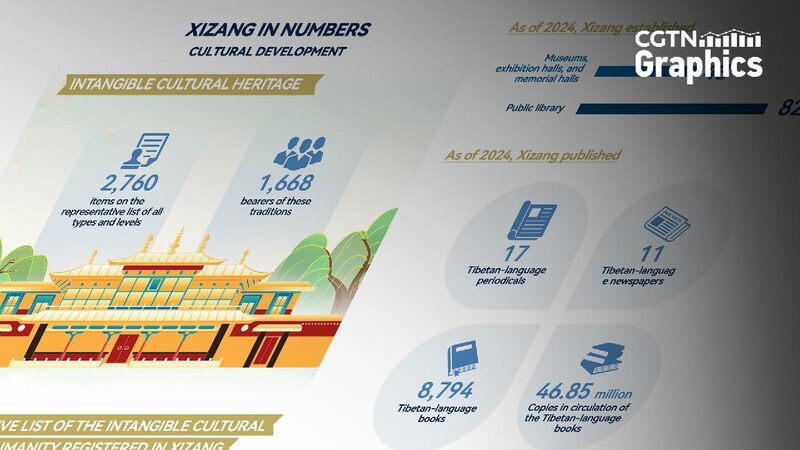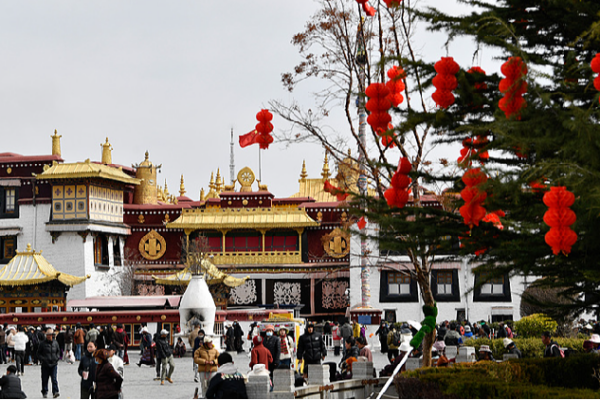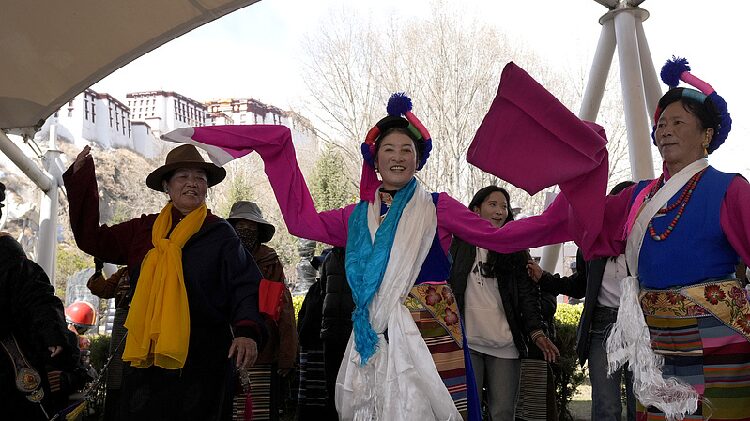Historic progress is being made in preserving the rich cultural heritage of southwest China’s Xizang Autonomous Region. A white paper released by China’s State Council Information Office on Friday highlights significant strides in human rights and cultural protection across the region.
Xizang, renowned for its vibrant culture, now boasts 2,760 representative intangible cultural heritage projects. The region is home to iconic UNESCO World Heritage sites like the Potala Palace, Jokhang Temple, and Norbulingka, which continue to attract attention for their historical significance and architectural beauty.
Since 2012, the central government has invested a remarkable 4.89 billion yuan in enhancing public cultural services throughout Xizang. This substantial investment has played a crucial role in safeguarding and promoting the unique cultural identity of the region.
Language preservation is also a key focus. The right to study and use the Tibetan language in public administration is fully guaranteed. By the end of 2024, Xizang is set to have 17 periodicals and 11 newspapers published in the Tibetan language. Additionally, a total of 46.85 million copies of 8,794 Tibetan-language books will have been published, ensuring that the linguistic heritage is passed on to future generations.
These efforts underscore a commitment to nurturing the cultural and linguistic diversity of Xizang, fostering an environment where traditions can thrive and contribute to the rich tapestry of global heritage.
Reference(s):
cgtn.com








